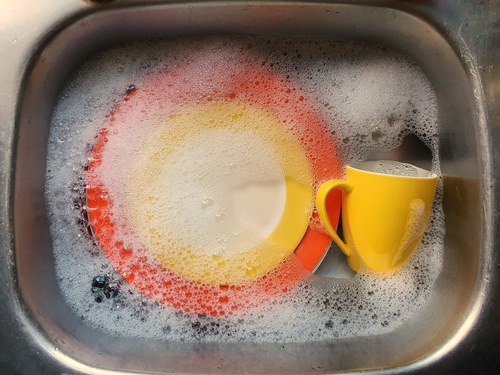If you’ve ever shared a kitchen with someone from the United Kingdom, you might have noticed a unique approach to washing dishes. After scrubbing with soap, many Brits simply place their plates and cups on the drying rack without rinsing them first. This practice, often surprising to people from other countries, has sparked curiosity and countless online debates.
This guide will explain the common reasons behind this British dishwashing method. Understanding these cultural habits can be helpful, especially when you’re living abroad or interacting with people from different backgrounds. We’ll explore the historical context, the type of products used, and the logic that makes this method a normal part of daily life for many in the UK.
What is a Washing-Up Bowl?
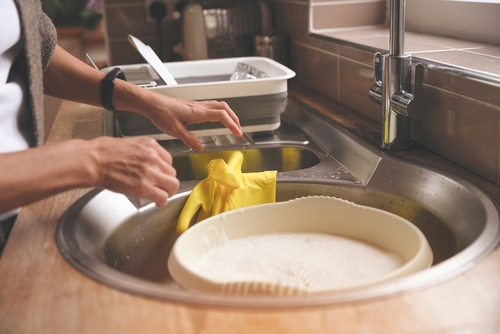
To understand the British way of washing dishes, it’s important to first know about the “washing-up bowl.” This is a plastic basin that is placed inside the kitchen sink. Instead of filling the entire sink with soapy water, you fill just the bowl.
This has a few practical benefits. It uses less water and soap, which is both economical and environmentally friendly. It also keeps the rest of the sink free for other tasks, like rinsing vegetables or pouring away liquids, without contaminating the clean dishwater. The washing-up bowl is a central part of the process for many households in the UK.
4 Reasons Why Some Brits Don’t Rinse Dishes
The practice of not rinsing soap from dishes can seem unusual, but there are several practical and historical reasons behind it.
1. Modern Dish Soap is Different
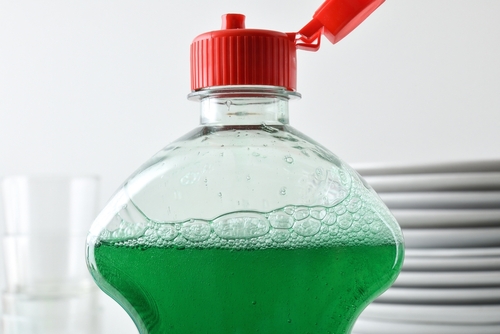
A key reason for this habit is the type of dish soap used in the UK. Many modern formulas are designed to be “self-rinsing” or leave behind very little residue. These products, often called washing-up liquids, are formulated to break down grease and food particles effectively and then drain away cleanly, leaving dishes sparkling without a final rinse.
The idea is that any tiny amount of soap that might remain is food-safe and won’t affect the taste of your next meal or cause any harm. Manufacturers have spent years perfecting these formulas, and for many users in the UK, they work exactly as intended.
2. It Saves Water and Energy
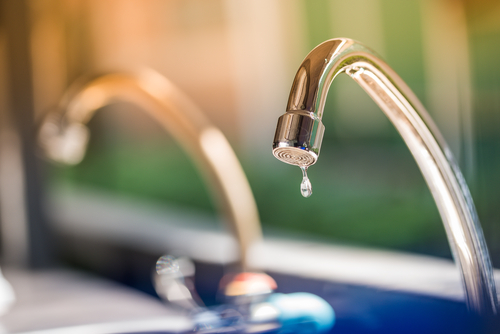
Conservation is a significant factor. Rinsing each dish under running water uses a considerable amount of hot water, which in turn uses energy to heat. By skipping the final rinse, households can lower their utility bills and reduce their environmental impact.
This mindset dates back to post-war Britain when rationing and conservation were a part of daily life. These habits of being careful with resources were passed down through generations and remain a practical consideration for many people today.
3. Historical Habits Stick Around
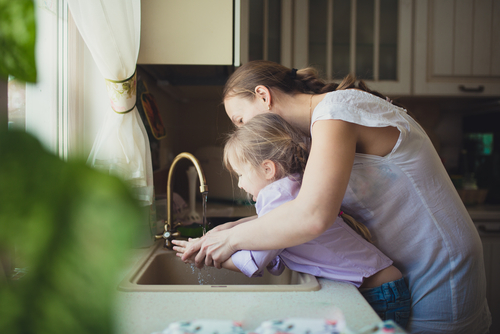
For many, it’s simply the way they were taught. The “rinse-free” method has been common practice in the UK for decades. Children learn how to wash dishes by watching their parents, and this tradition has been passed down. Before modern washing-up liquids, the soap itself was different, but the method has largely remained the same.
In the past, families would often share a single bowl of hot water to wash everyone’s dishes. Rinsing wasn’t a practical option, as it would require fetching more water. While most modern homes have hot running water, the old habit persists.
4. The Tea Towel Finishes the Job
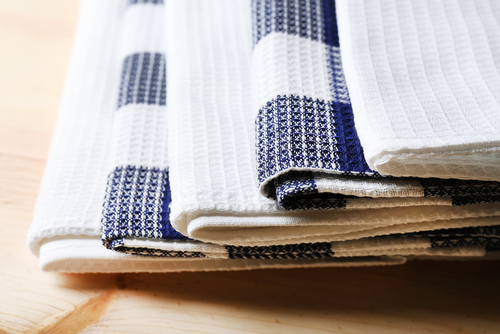
The final step in the British dishwashing routine is often drying with a tea towel. Wiping each dish with a clean, dry cloth removes any remaining moisture along with any slight soapy residue that might be left. The tea towel effectively serves as the final cleaning and polishing step, ensuring the dishes are not only dry but also perfectly clean and ready to be put away.
Is It Safe to Leave Soap on Dishes?
For those not accustomed to this method, the main concern is safety. Is it okay to ingest the small amount of soap residue that might be left on a plate or fork?
According to manufacturers and public health experts, the washing-up liquids sold in the UK and Europe are regulated and considered safe for this type of use. The amount of residue left behind is minimal and not harmful if ingested. These products are designed with the expectation that not everyone will rinse their dishes.
However, it’s a matter of personal comfort. If the idea of any soap residue on your dishes makes you uneasy, rinsing is a simple solution.
Are There Unique Dishwashing Practices in the Dominican Republic Similar to Brits Leaving Soap on Their Dishes?
In the Dominican Republic, dishwashing practices can be quite different. While some may rinse thoroughly, others leave a hint of soap for added scent. To fully appreciate the culinary traditions, it’s essential to discover the flavors of dominican cuisine, which reflect the country’s vibrant culture and rich history.
Your Kitchen, Your Rules
Cultural habits, especially those related to daily chores, can vary widely around the world. The British method of washing dishes is a perfect example of a practice shaped by history, technology, and a desire for efficiency. It’s a system that works well for millions of people, even if it looks a little different from what you might be used to.
Ultimately, there is no single “correct” way to wash your dishes. Whether you rinse or not, the goal is to have clean, hygienic plates, cups, and cutlery for your next meal. Understanding the “why” behind this British custom can help bridge cultural gaps and make sharing a home with people from different backgrounds a little easier.
